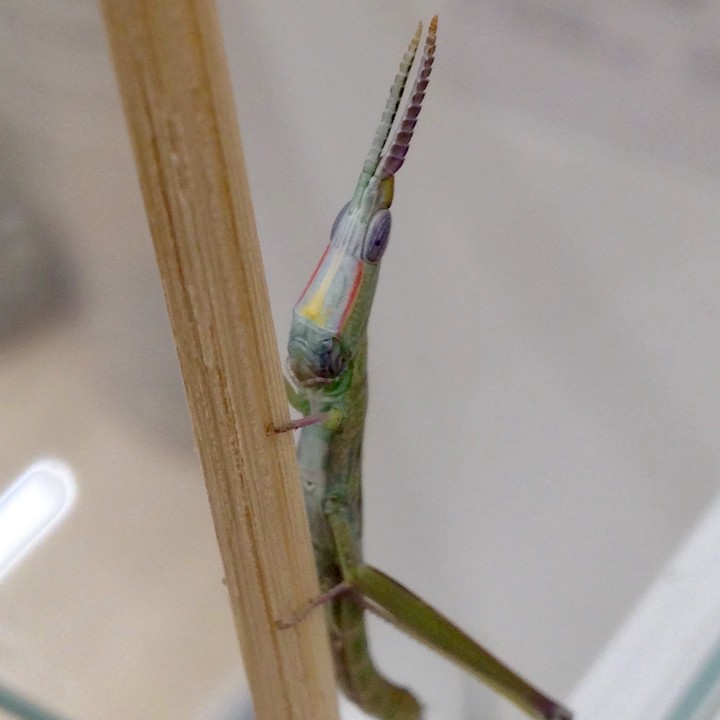Linking thermal adaptation and life-history theory explains latitudinal patterns of voltinism
 Warramaba ngadju from Western Australia, Australia
Warramaba ngadju from Western Australia, Australia
Abstract
Insect life cycles are adapted to a seasonal climate by expressing alternative voltinism phenotypes—the number of generations in a year. Variation in voltinism phenotypes along latitudinal gradients may be generated by developmental traits at critical life stages, such as eggs. Both voltinism and egg development are thermally determined traits, yet independently derived models of voltinism and thermal adaptation refer to the evolution of dormancy and thermal sensitivity of development rate, respectively, as independent influences on life history. To reconcile these models and test their respective predictions, we characterized patterns of voltinism and thermal response of egg development rate along a latitudinal temperature gradient using the matchstick grasshopper genus Warramaba. We found remarkably strong variation in voltinism patterns, as well as corresponding egg dormancy patterns and thermal responses of egg development. Our results show that the switch in voltinism along the latitudinal gradient was explained by the combined predictions of the evolution of voltinism and of thermal adaptation. We suggest that latitudinal patterns in thermal responses and corresponding life histories need to consider the evolution of thermal response curves within the context of seasonal temperature cycles rather than based solely on optimality and trade-offs in performance. This article is part of the theme issue ‘Physiological diversity, biodiversity patterns and global climate change: testing key hypotheses involving temperature and oxygen’.